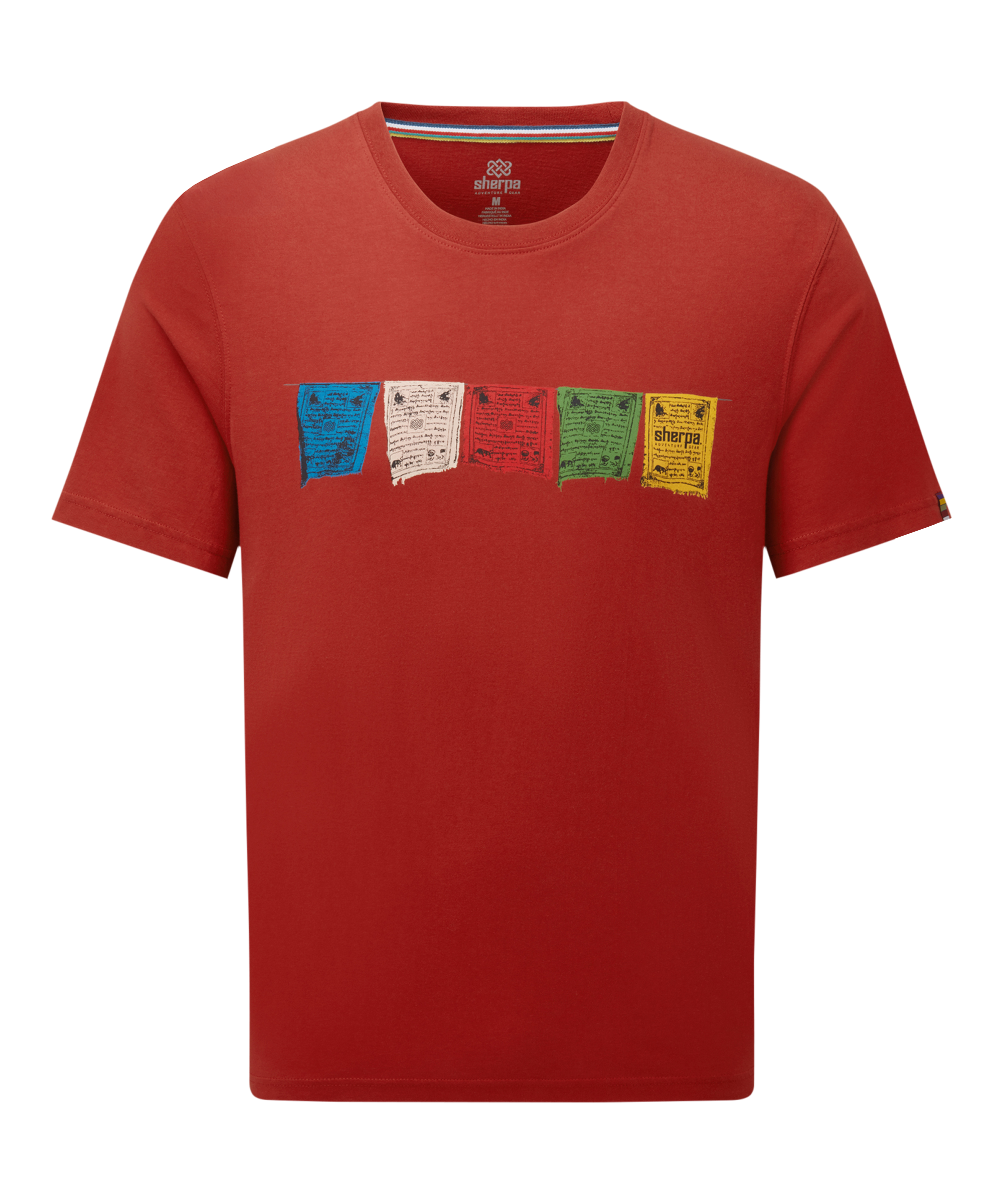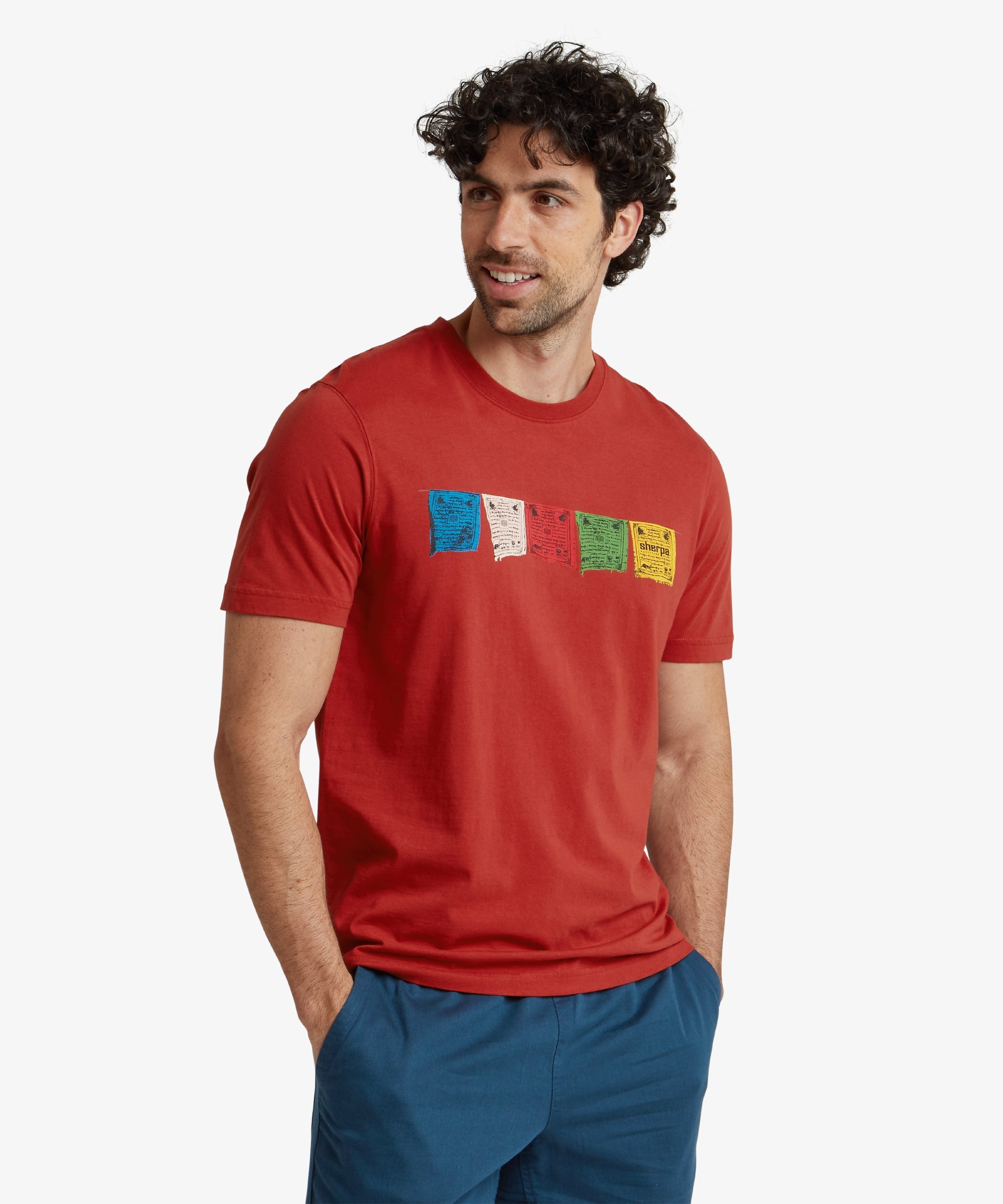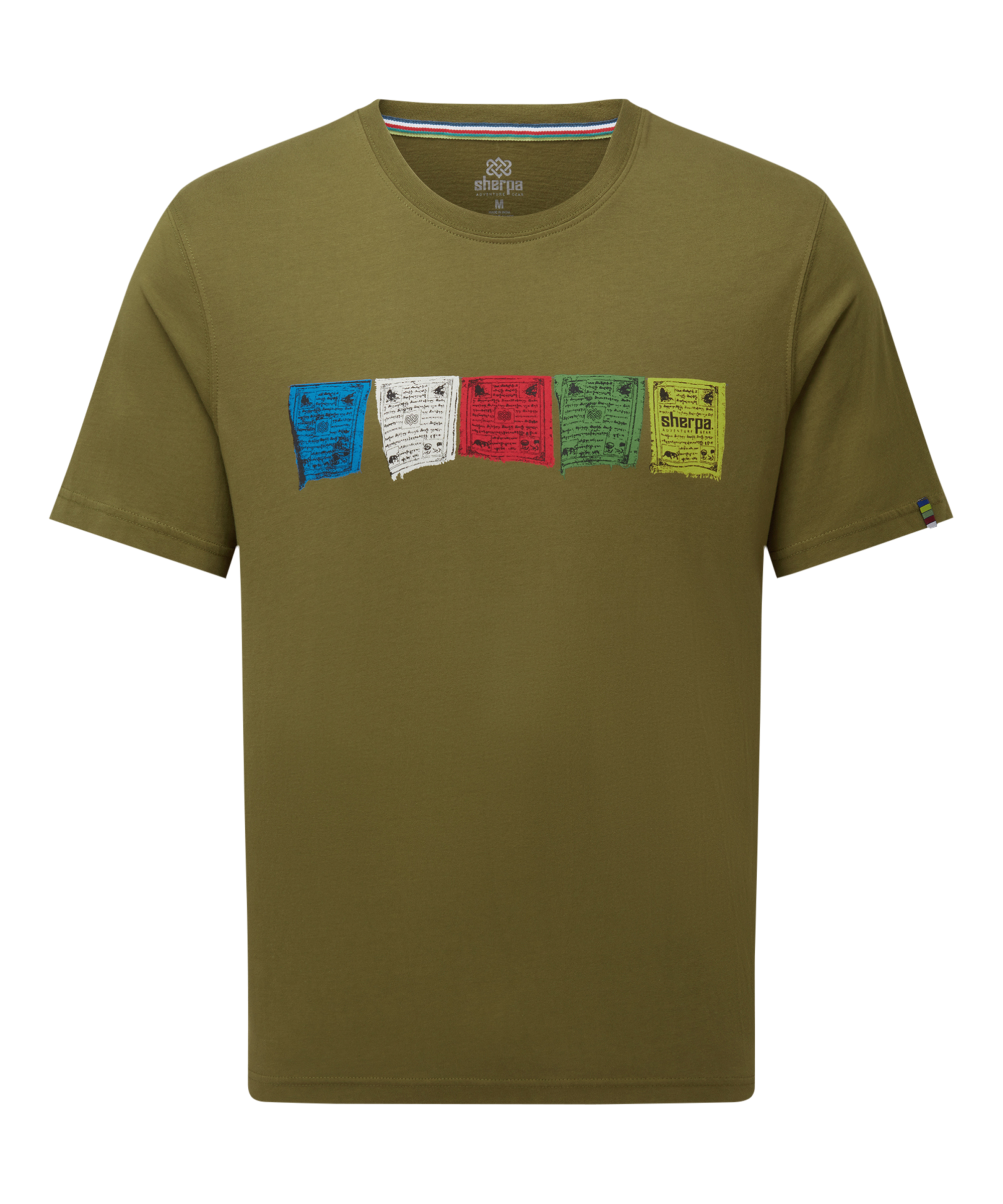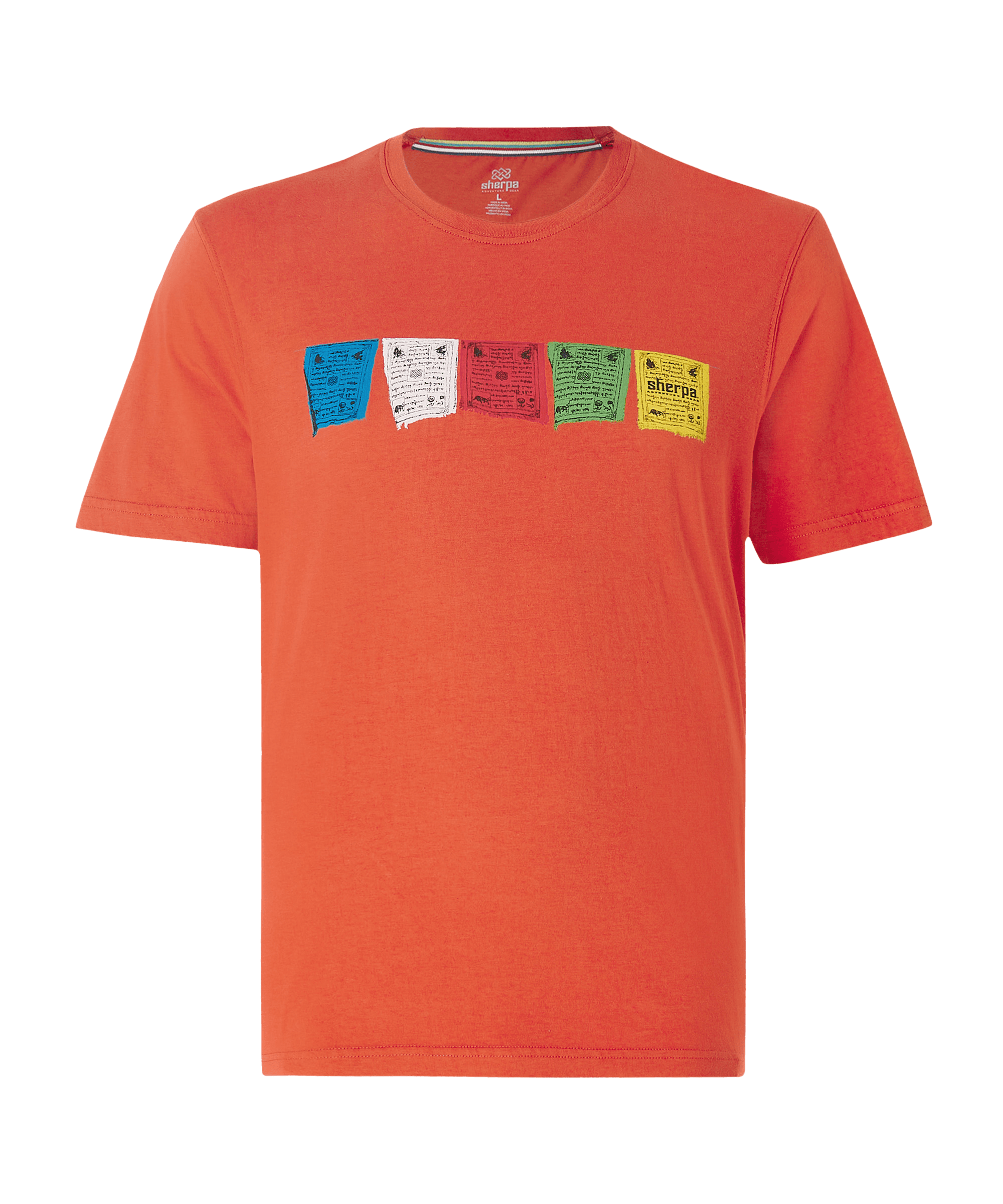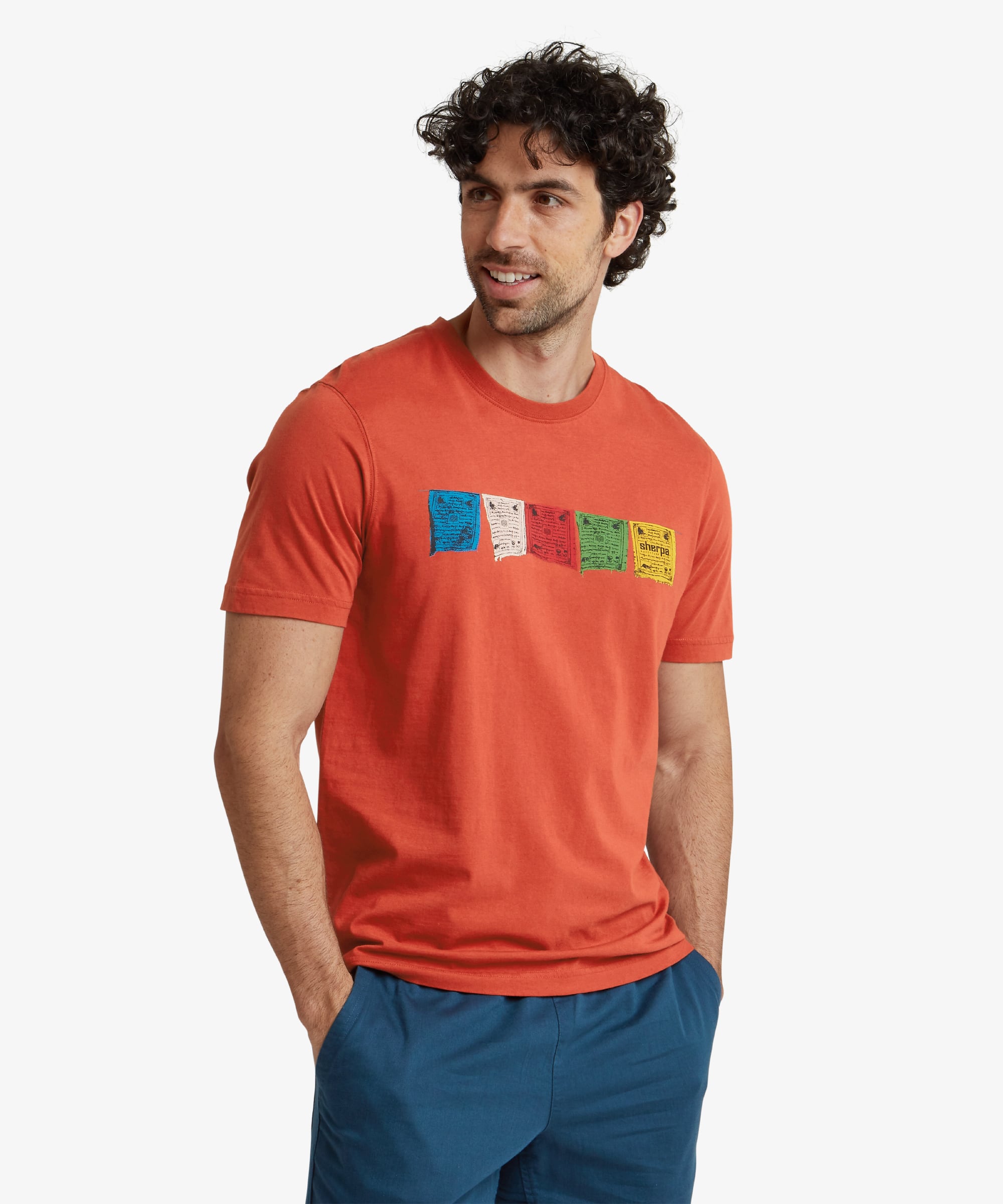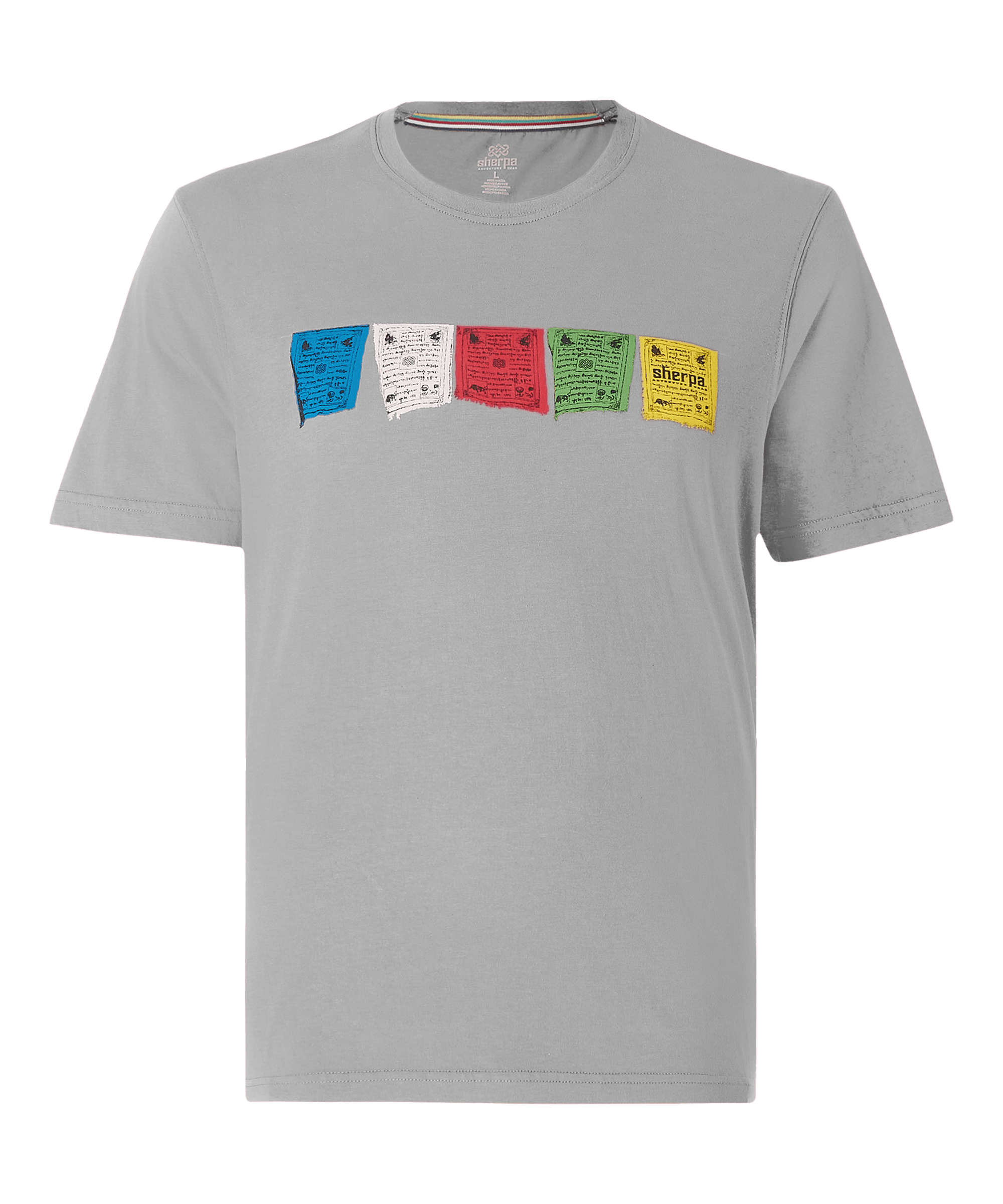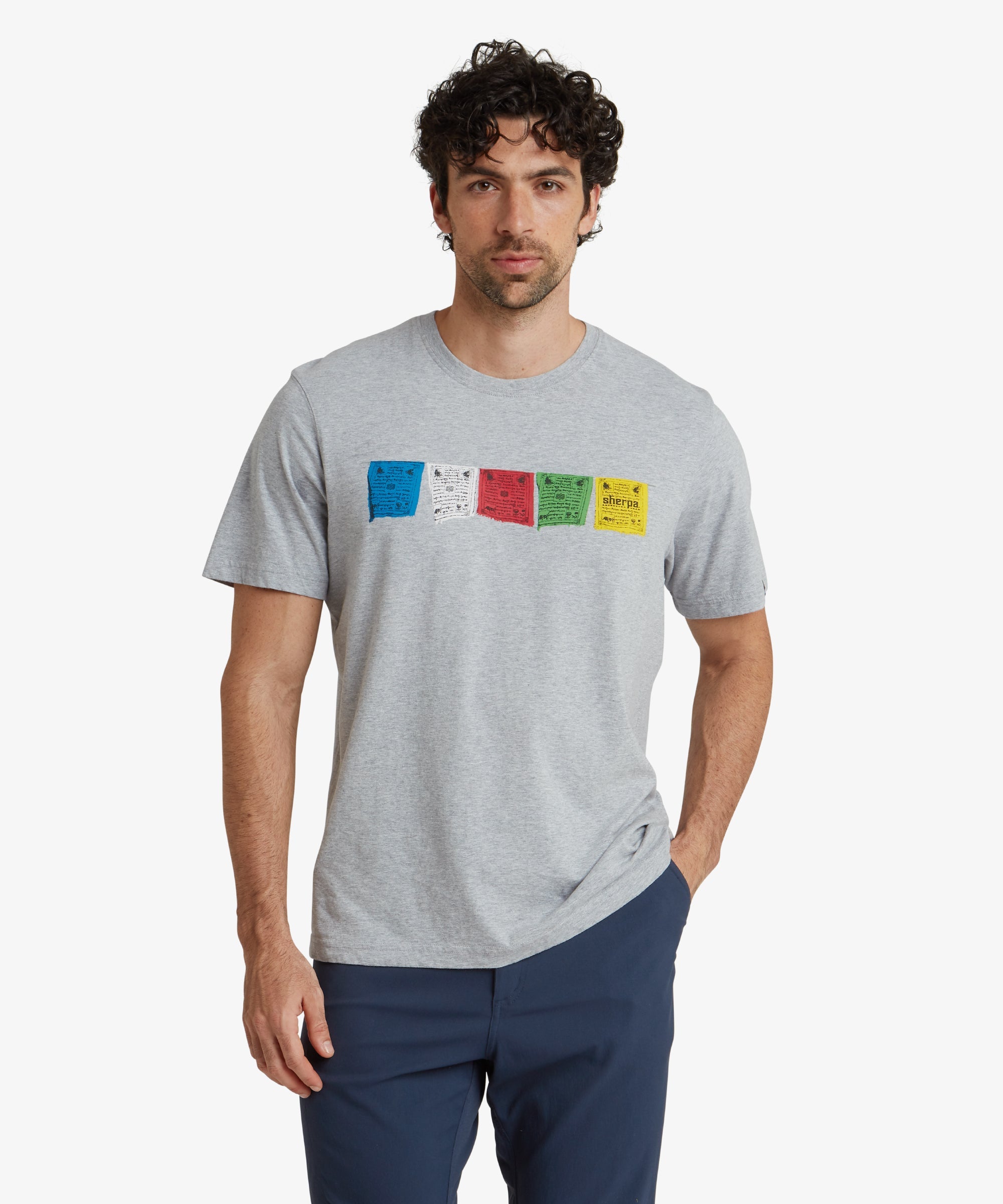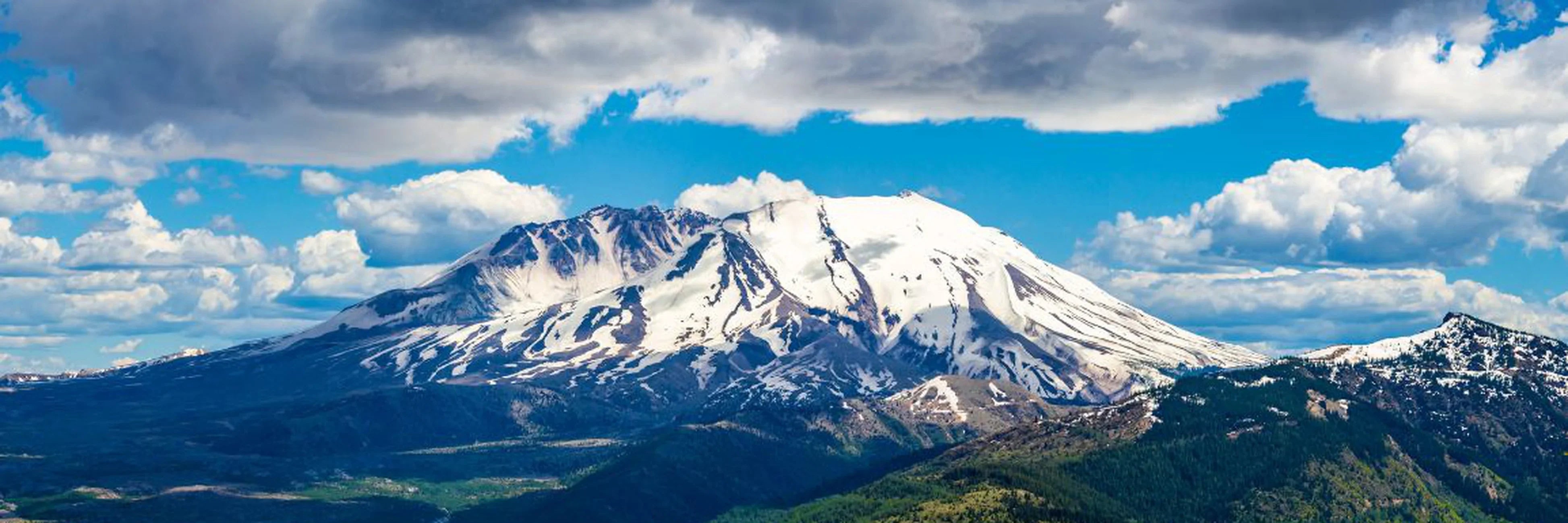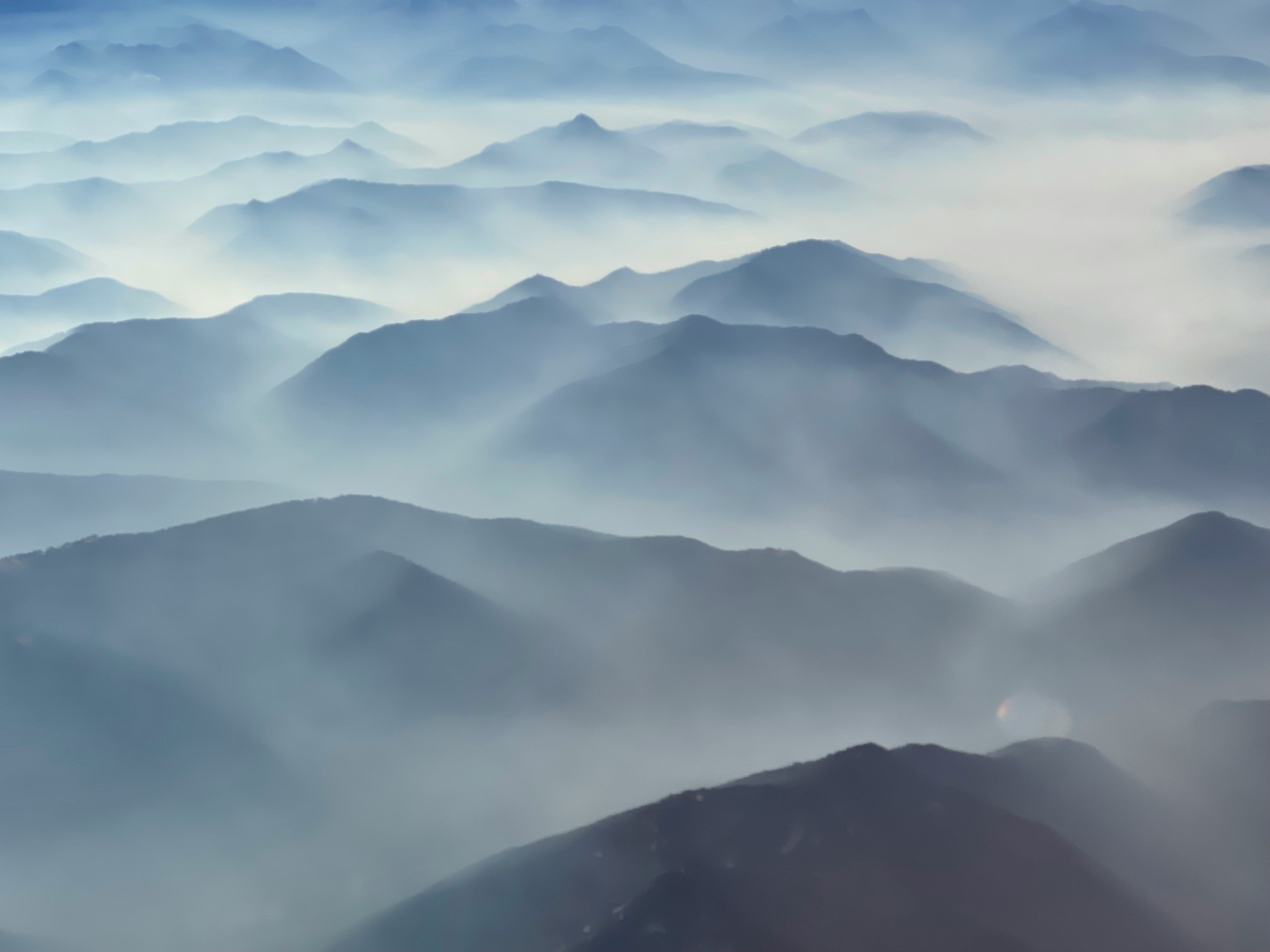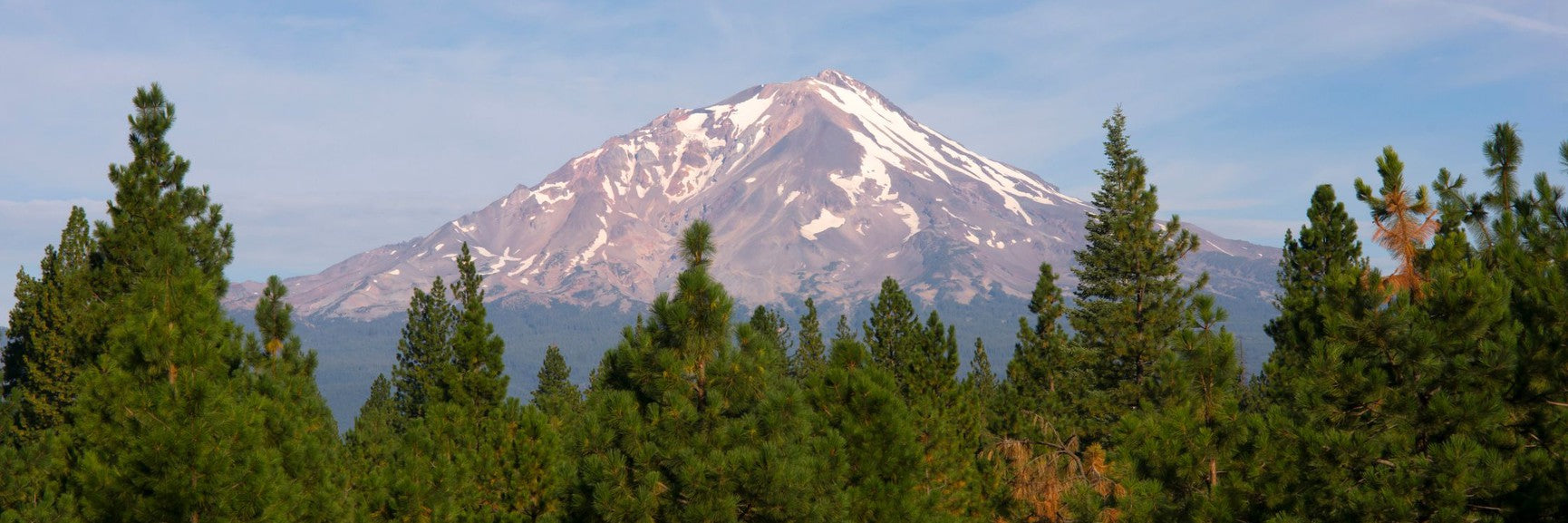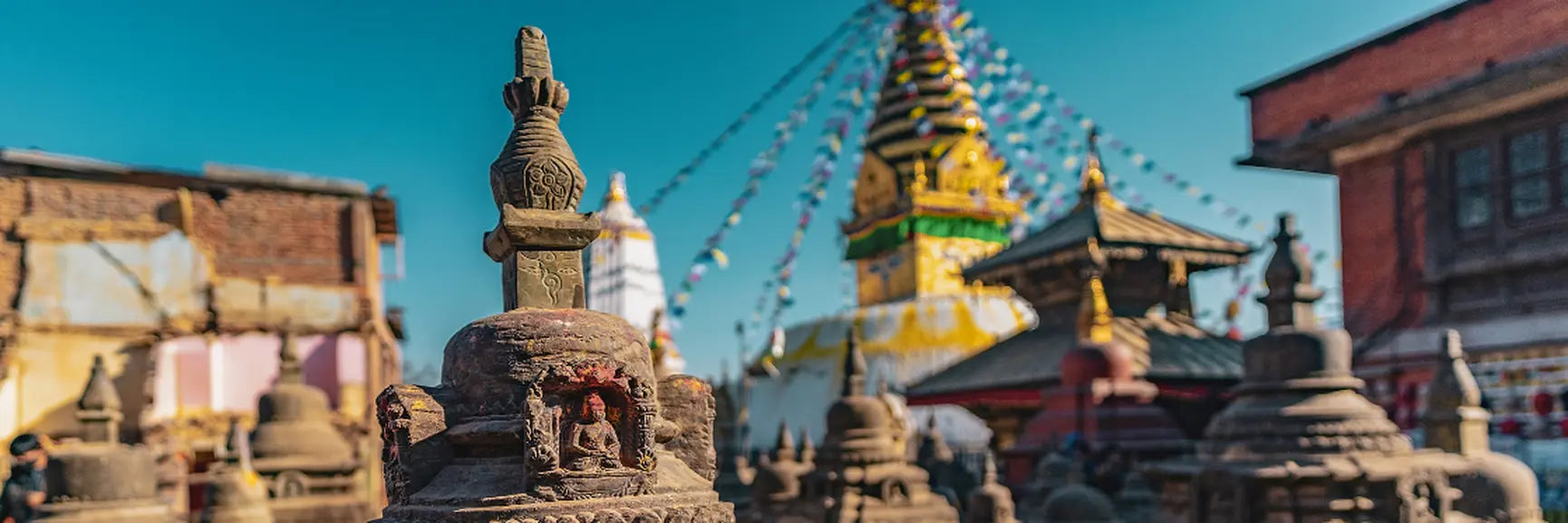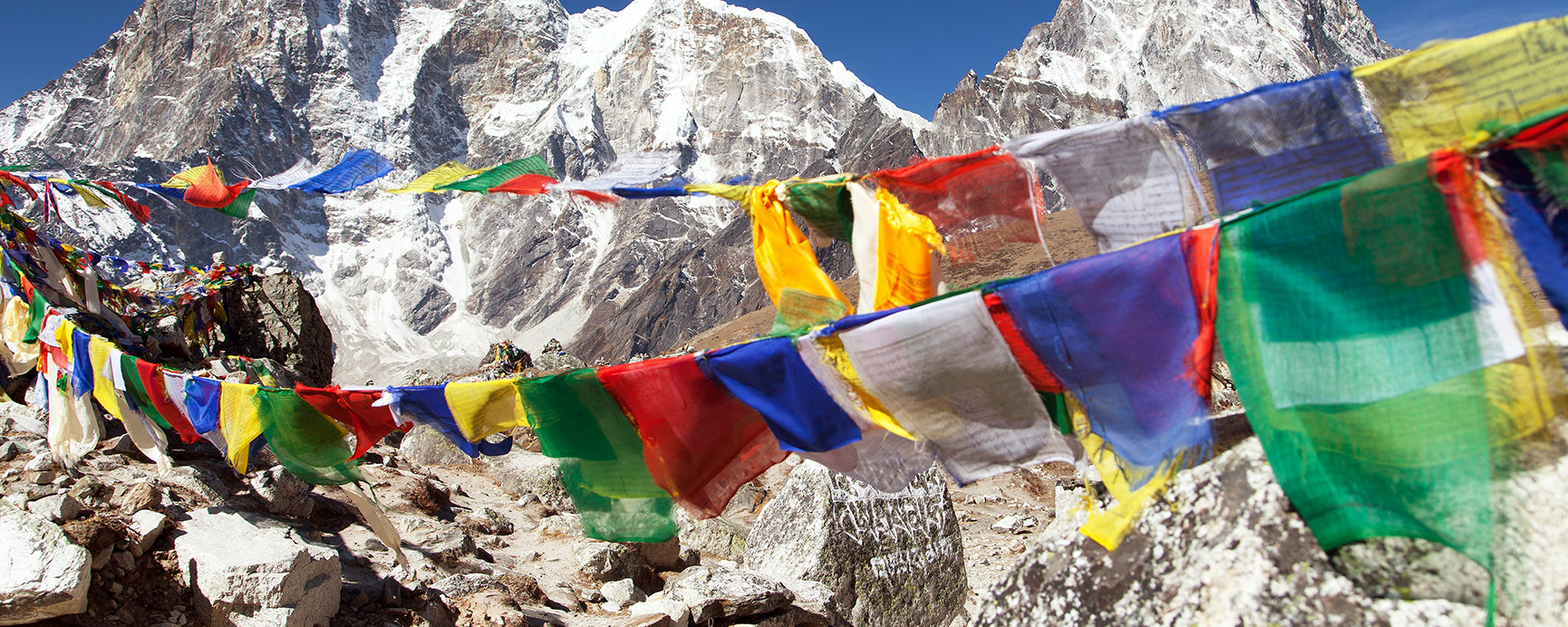
What Do Prayer Flags Represent?
A common sight against the stunning Himalayan landscape is the bright and vibrant prayer flags blowing in the mountain breeze. Often strung along mountain peaks, paths, or sacred sites, but what do these flags truly represent, and what messages do they carry with the wind?
As part of Tibetan traditions, prayer flags were used to perform healing rituals, a practice which, over time, evolved into including Buddha’s prayer and developed further into what can be seen today – an endless array of Prayer Flags with lots of colour, symbols and mantras, each with deep meaning.
Today, there are two types of Prayer Flag, horizontal and vertical. The horizontal Prayer Flags are the most common and are made from squares connected along the top edges with a long thread to allow them to blow in the wind. The vertical Prayer Flags include single squares being sewn on to poles and then planted in the ground or on roof tops to blow in the breeze. It is important for the flags to be able to blow in the wind as it is believed by the Sherpa people that the prayers can be blown upwards as offerings to their deities.
Most traditional Prayer Flags are made in Nepal and India by Buddhists, but there is a cultural significance of the Prayer Flag by many of the diverse cultures in the Himalayas.
The Colours of the Prayer Flag:
The five bright and vibrant colours of the Prayer Flags are arranged in a specific order (yellow, green, red, white and blue) and have significant meaning, with each colour representing an element.
- Yellow symbolises earth, representing stability, fertility and the grounding aspects of life.
- Representing water, green symbolises harmony, balance and the nurturing qualities that water possesses.
- Fire is represented by the red in the flags, it is linked to energy, passion and transformation.
- White symbolises the air and the wind, commonly associated with purity, compassion and the breath of life.
- The sky and space are represented by blue, symbolising vastness, open-mindedness and the infinite nature of the sky.
It is important to get the balance of these colours right, as the correct balance of each is believed to produce health and harmony.
The Symbols of the Prayer Flag
In addition to colours, Prayer Flags commonly have symbols and icons added to them for additional layers of meaning. The centre of the flags often depict a Lungta (or a wind horse) which represents speed and the transformation of bad fortune into good. Buddha, the Dharma (Buddhist teachings) and the Sangha (the Buddhist community) are shown through the three jewels carried on the Lungta’s back.
Four sacred animals are shown in the corners of the flags. The Dragon, the Garuda, the Tiger and the Snow Lion. The Dragon represents strength and protection due to them being powerful, celestial beings to ward off evil and bring in good fortune. The Garuda represents wisdom and the ability to see things clearly, the mythical bird is known for its keen perception and excellent vision. The Tiger is seen as a guardian and protector, instilling courage and power, signifying confidence and strength. The fourth animal shown on the flag, the Snow Lion, represents fearlessness and joy, this creature embodies the qualities of happiness, free from fear.
Mantras of the Prayer Flag
After the colours and symbols, the Prayer Flag can be covered with around 400 mantras. Prayers for a long life of good fortune are often included for the person who mounts the flag. One of the most common mantras is “Om Mani Padme Hum” and each syllable carries a deep spiritual meaning. “Om” purifies the ego and the body, “Ma” purifies jealousy and the speech, “Ni” purifies passion and the mind, “Pad” purifies ignorance, “Me” purifies greed and “Hum” purifies the heart and the spirit.
To commemorate the Himalayan history of the Prayer Flag, Sherpa Adventure Gear proudly crafts the Tarcho Tee, an item of clothing that is inspired by the beautiful and vibrant tradition of the Prayer Flag.

